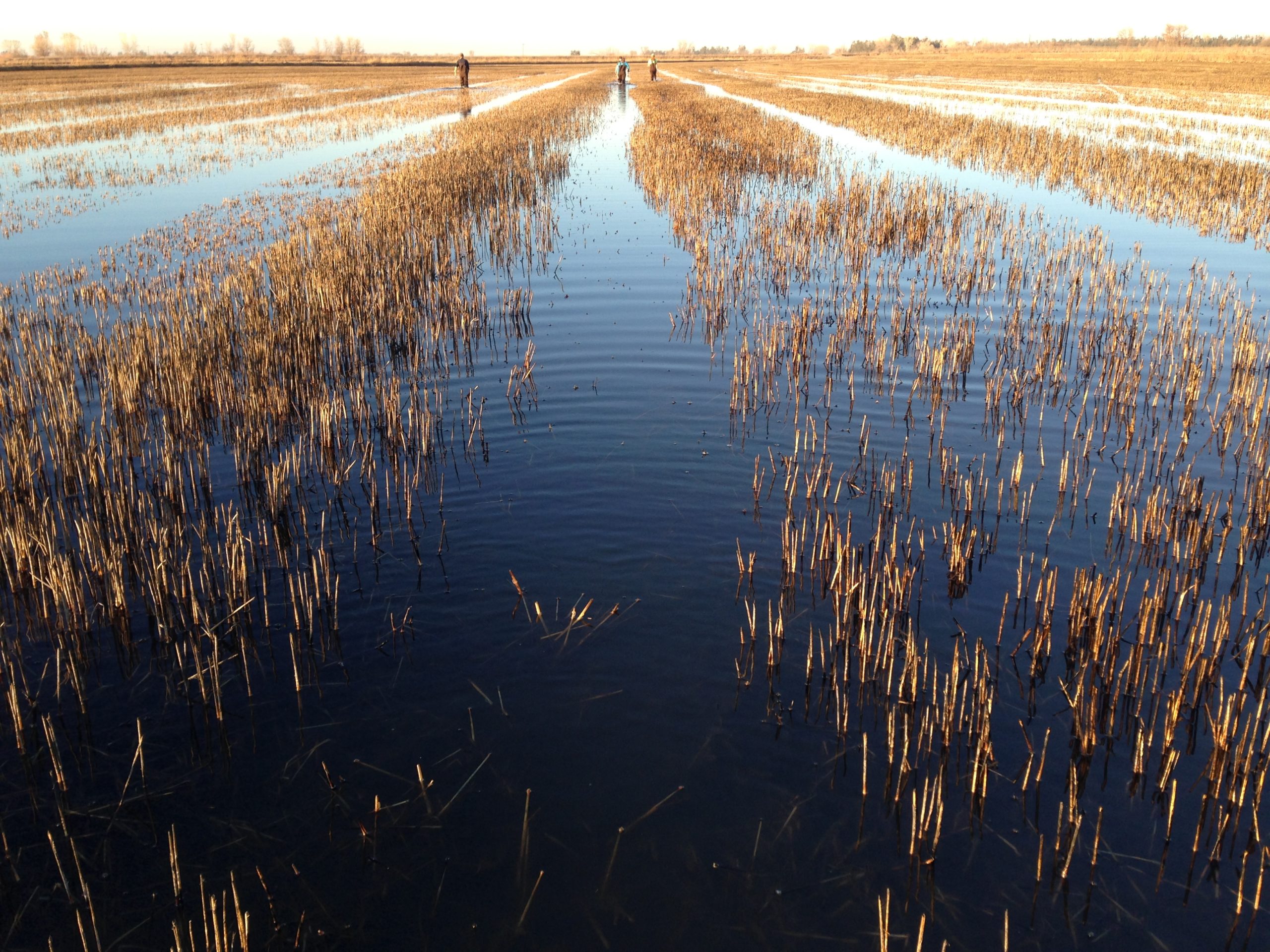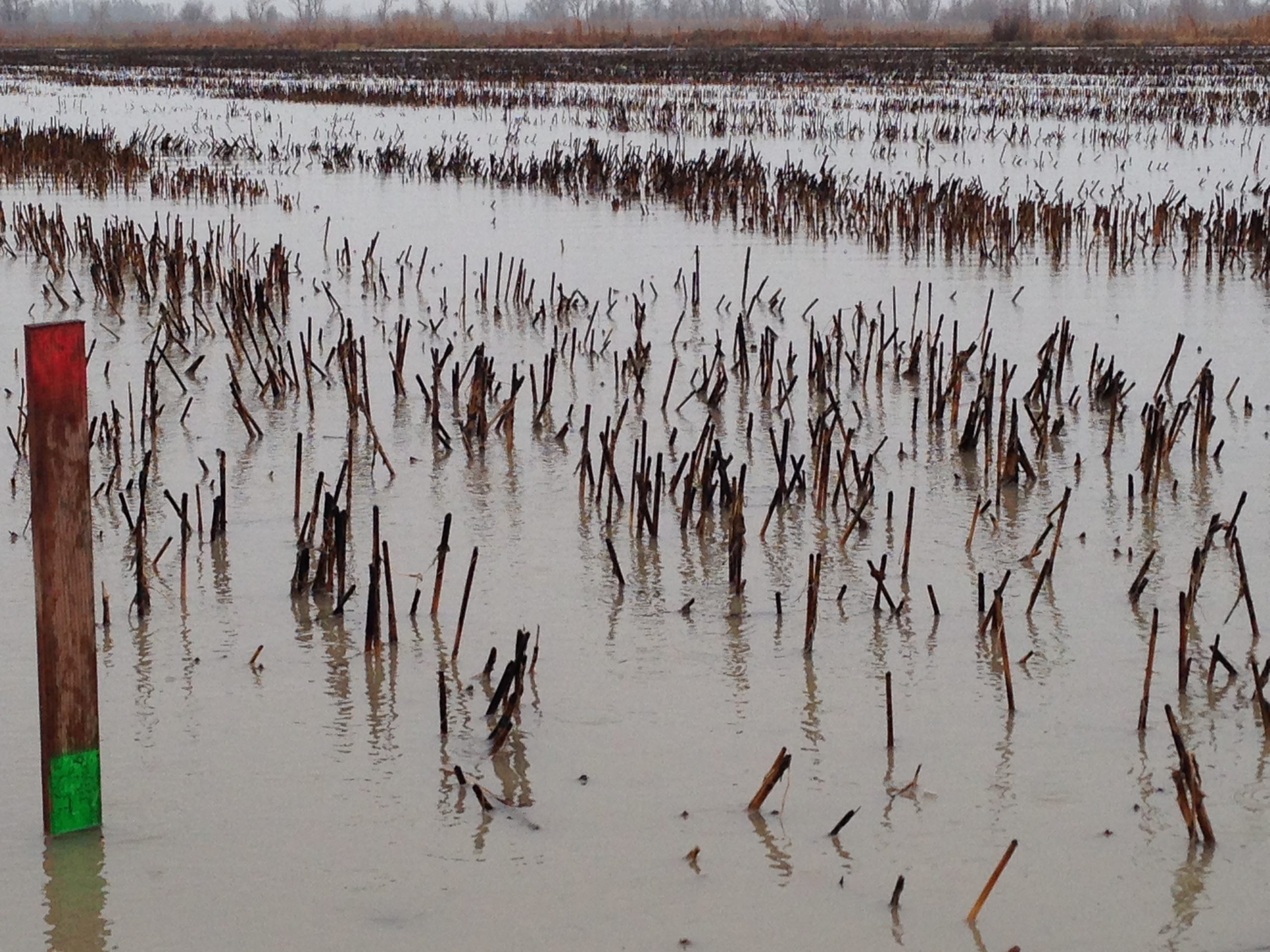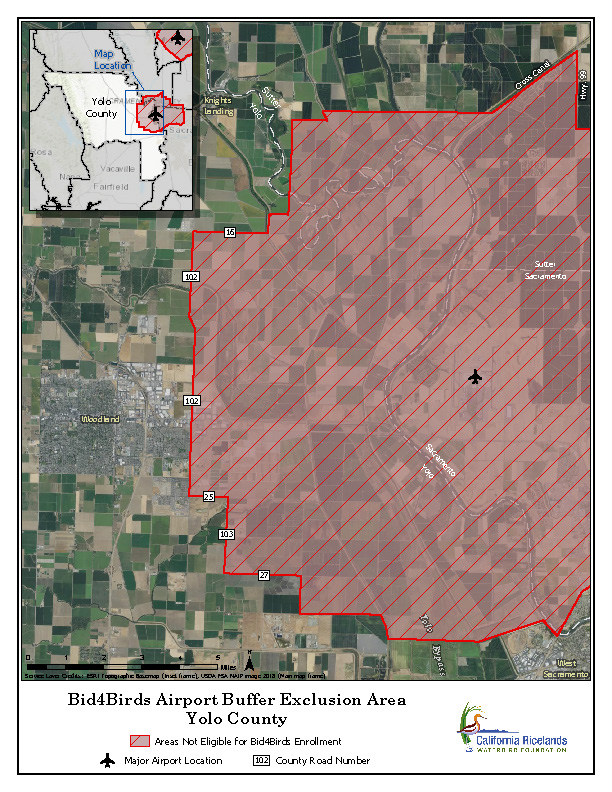Program Summary
The Bid4Birds program focuses on extending the flooding period on ricelands outside of the growing season for the benefit of waterbirds, particularly shorebirds, whose numbers have declined by over 17 million in the last 50 years. While the standard winter flooding period is beneficial for waterbirds that winter in the Central Valley, shorebirds arrive earlier in the fall and later in the spring when most fields and marshes are dry. Providing flooded habitat in both of these shoulder seasons is critical for healthy shorebird populations. Bid4Birds provides incentive payments for rice farmers to implement shallow flooding on their rice fields (including fallow rice fields) during these critical migration periods.
This program requires participants to meet specific conditions in their fields that provide high quality shorebird habitat. Shorebirds require shallow water depths (mudflat to 4 inches), some plant residue which helps create food (invertebrates) for shorebirds, and a clear field of view to spot predators (little to no standing plant residue).
Key Program Details
Application requirements
- Contracts: 4 to 12 week commitments
- Timeline: Between February 15 and April 30.
- Habitat later in the timeframe is most valuable
- Flooding: maximum of 4 inches throughout contract period
- Post-harvest straw management required - little to no standing plant residue
- Contracts are ranked on timing, habitat quality, and price
Ineligible Applications
- Within 5 miles of Sacramento International Airport and Beale Air-force Base (see exclusion area maps below)
- Fields with tall standing straw or vegetation
Ranking and Scoring Process
Field Conditions
| Required Post-harvest Treatments A combination of any of the following straw management practices AND an incorporation practice are needed to meet our field condition requirements. |
|
| Straw management | Incorporation |
|
|
| Ineligible field management Any of the following field conditions will make your bid ineligible for our program. |
|
|
|
Note: Fields not planted in rice in the most recent growing season are eligible; however, similar field conditions are required and practices may be necessary to cut and incorporate standing vegetation or weeds.
*Baling fields post-harvest provides lower quality habitat and therefore will be ranked lower than other similar fields that were not baled.
It is not necessary for fields to have a uniformly smooth surface. Some furrows and mounds are acceptable as they create a range of different water depths once the fields are flooded. This is advantageous because different shorebird species have different water depth preferences.
Water Management
Field Condition Examples
Excellent Field Conditions
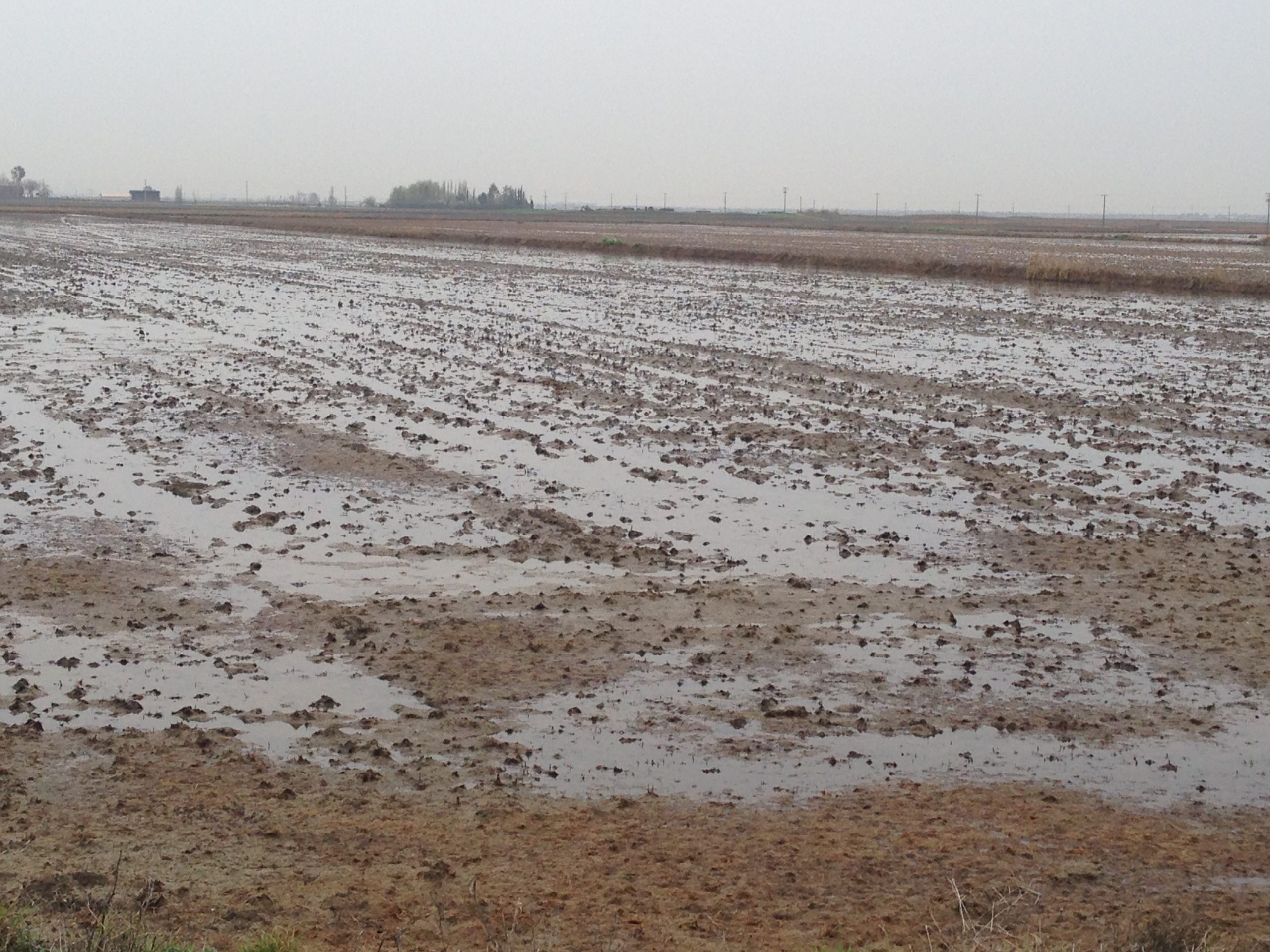

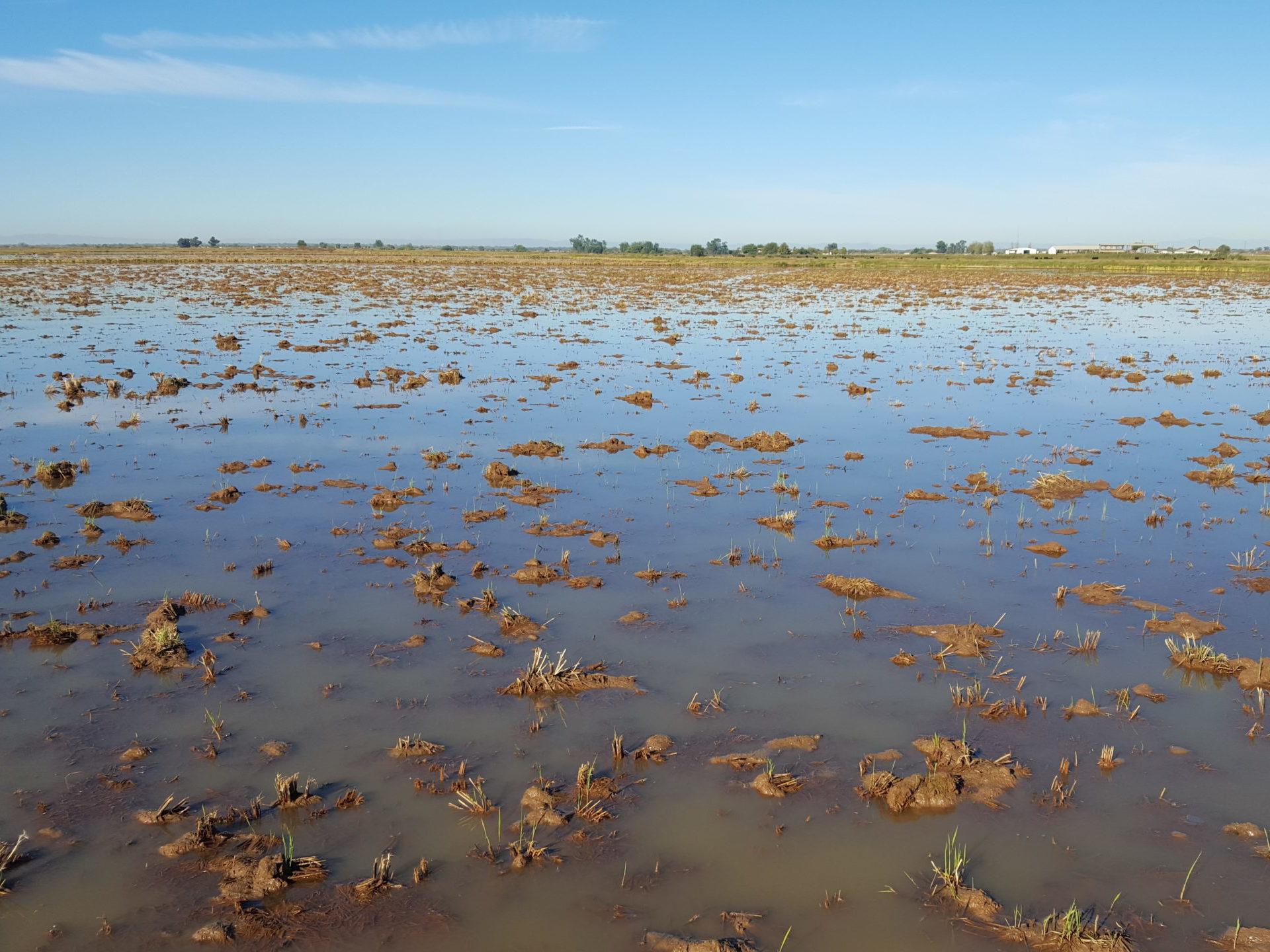
Poor Field Conditions
